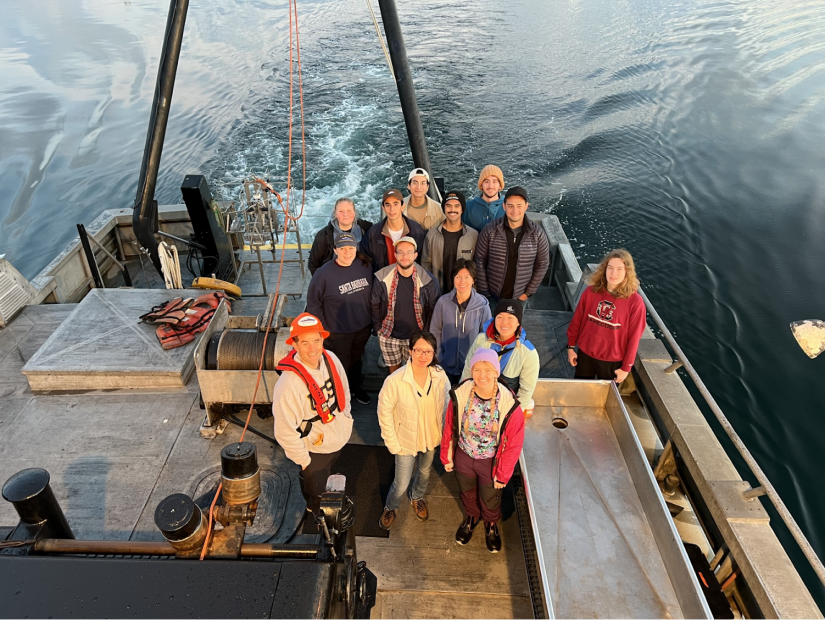
PRINCIPAL INVESTIGATORS: David L. Valentine, University of California Santa Barbara)
CO-PRINCIPAL INVESTIGATORS: Eunha Hoh (San Diego State University), Nathan Dodder (San Diego State University)
PROJECT ADMINISTRATOR: USC Sea Grant
PROJECT SUMMARY:
Although the rusty barrels found on the deep ocean floor off of Los Angeles in 2019 were thought to be loaded with DDT, there is increasing evidence that DDT waste was primarily dumped in bulk directly from ocean vessels onto the seafloor. Recent findings suggest that DDT+ was also likely “short dumped” between the California mainland and the designated legal dumpsites in the San Pedro and Santa Monica Basins, extending the area likely contaminated by DDT+. This raises several important questions: How much DDT+ is out on the deep ocean floor? Where is the DDT+? And what is it doing today?
This study will include field, laboratory, and analytical efforts to determine the amount of DDT+ present between the California mainland and the DDT+ dump site referred to as Dumpsite #2. Researchers will inventory the full suite of DDT+ compounds and provide 3D contaminant maps of the region, as well as the potential for its degradation, movement, or interaction with living microbes. The research team will quantify the diversity of DDT+ products within sediment core samples and model timescales of DDT+ degradation, as well as mechanisms of transport from sediments.
This research is critical to determine the inventory, distribution and environmental behavior of DDT+ in California’s deep ocean, and the results of this study will underpin the work of other scientists, managers and policy makers to assess and mitigate risks to environmental and human health.
DETAILED RESEARCH OBJECTIVES:
- Quantify the inventory of all known 45 DDT+ compounds and other relevant contaminants (i.e., PCBs, heavy metals, petroleum wastes) in the sediments of the deep San Pedro Basin, focused on the major short-dumping areas between Dumpsite 2 and the California mainland. A depth integrated sampling method will sample the sediment (surface to depth of 12-24 cm) across 40 stations that are presumed to capture variability and gradients of DDT+, based on observed patterns of DDX in recently collected sediment cores.
- Determine the current spatial extent and emplacement of short-dumped DDT+ wastes. A nested quantitative sediment analysis plan will be driven by the findings and concurrently collected cores from objective 1. Analyzing the vertical depth resolution of DDX (4,4- and 2,4- DDT, DDE and DDD) across 40 stations @ 15 depths per station will inform additional analyses for other analytes including DDX+ (TCPM, TCPMOH, 2,4- and 4,4- DDMu), other non-target analytes, heavy metals, microbial population and sediment properties (e.g., grain size and CHN).
- Determine the mobility, degradation and exposure potential of these DDT+ wastes. Geochemical and modeling analysis based on DDT+ concentration distributions and observed molecular fractionation patterns will provide useful constraints on aqueous transport flux from sediment to water column. The extent to which biodegradation has affected the DDT+ inventory of the San Pedro Basin, and the microbial mechanisms by which this occurs, will be assessed using both chemical distributions of DDX, DDX+ and non-targeted analyses as well as a comparative analysis of microbial community composition and targeted metagenomic sequencing.